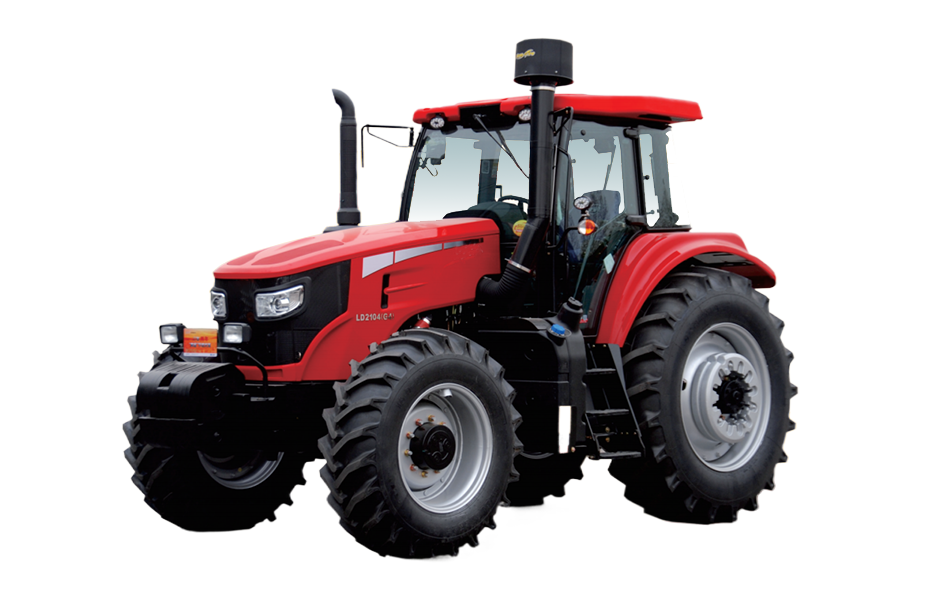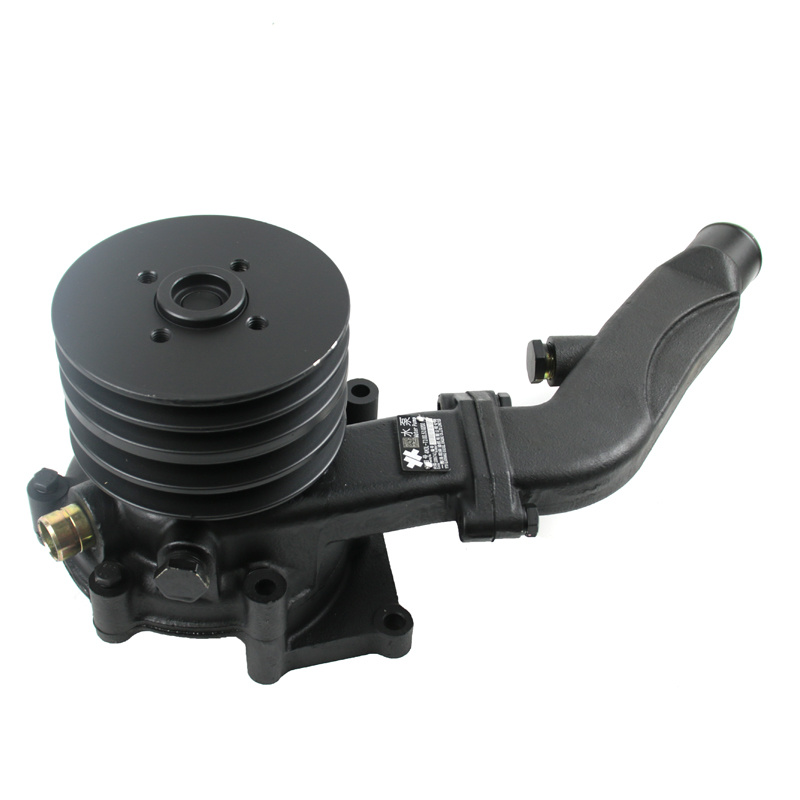Understanding the Importance of 540 and 720 Power Output Driving Shafts in Agricultural Machinery
Release time:
2025-08-02
---
In the world of agricultural machinery, the driving shaft is a fundamental component that significantly contributes to the overall efficiency and performance of equipment. Specifically, the 540 and 720 power output driving shafts are critical in transferring energy from the tractor to various implements, such as mowers, tillers, and balers. Understanding their functionality and applications can help farmers make informed decisions when selecting equipment and maintaining their machinery.
The primary role of a 540 power output driving shaft is to transmit power at a rotational speed of 540 revolutions per minute (RPM). This power output is suitable for a wide range of agricultural implements that require moderate energy levels for effective operation. On the other hand, the 720 power output driving shaft operates at 720 RPM, providing a higher energy transfer rate suitable for implements that demand increased power, such as heavy-duty seeders or high-capacity sprayers.
One of the key advantages of using the appropriate driving shaft is the optimization of fuel efficiency. When farming equipment operates at the correct RPM, it maximizes the energy output while minimizing fuel consumption. This efficiency is crucial, especially in large-scale farming operations where fuel costs can significantly impact overall profitability. Therefore, selecting the right driving shaft—whether it’s 540 or 720 power output—can lead to substantial savings and improved operational efficiency.
Another important consideration is the compatibility of the driving shaft with various agricultural implements. Not all implements are designed to operate at the same power output, and using the wrong driving shaft can lead to performance issues or even equipment failure. It is vital for operators to consult their equipment manuals or manufacturers to ensure they choose the correct driving shaft that aligns with the specific requirements of their implements.
Durability and maintenance are also key aspects of driving shafts. Given the demanding conditions of agricultural work, these components must be built to withstand the rigors of field operations. Regular maintenance, such as lubrication and inspection for wear and tear, can extend the life of the driving shaft and prevent costly downtimes.
In summary, the 540 and 720 power output driving shafts are integral components in the agricultural machinery sector, directly influencing the efficiency and performance of various implements. By understanding their functions, applications, and maintenance needs, farmers can enhance their operational productivity and ensure the longevity of their equipment. When selecting or maintaining driving shafts, always consider the specific requirements of your implements to achieve optimal performance and efficiency in your farming endeavors.
In the world of agricultural machinery, the driving shaft is a fundamental component that significantly contributes to the overall efficiency and performance of equipment. Specifically, the 540 and 720 power output driving shafts are critical in transferring energy from the tractor to various implements, such as mowers, tillers, and balers. Understanding their functionality and applications can help farmers make informed decisions when selecting equipment and maintaining their machinery.
The primary role of a 540 power output driving shaft is to transmit power at a rotational speed of 540 revolutions per minute (RPM). This power output is suitable for a wide range of agricultural implements that require moderate energy levels for effective operation. On the other hand, the 720 power output driving shaft operates at 720 RPM, providing a higher energy transfer rate suitable for implements that demand increased power, such as heavy-duty seeders or high-capacity sprayers.
One of the key advantages of using the appropriate driving shaft is the optimization of fuel efficiency. When farming equipment operates at the correct RPM, it maximizes the energy output while minimizing fuel consumption. This efficiency is crucial, especially in large-scale farming operations where fuel costs can significantly impact overall profitability. Therefore, selecting the right driving shaft—whether it’s 540 or 720 power output—can lead to substantial savings and improved operational efficiency.
Another important consideration is the compatibility of the driving shaft with various agricultural implements. Not all implements are designed to operate at the same power output, and using the wrong driving shaft can lead to performance issues or even equipment failure. It is vital for operators to consult their equipment manuals or manufacturers to ensure they choose the correct driving shaft that aligns with the specific requirements of their implements.
Durability and maintenance are also key aspects of driving shafts. Given the demanding conditions of agricultural work, these components must be built to withstand the rigors of field operations. Regular maintenance, such as lubrication and inspection for wear and tear, can extend the life of the driving shaft and prevent costly downtimes.
In summary, the 540 and 720 power output driving shafts are integral components in the agricultural machinery sector, directly influencing the efficiency and performance of various implements. By understanding their functions, applications, and maintenance needs, farmers can enhance their operational productivity and ensure the longevity of their equipment. When selecting or maintaining driving shafts, always consider the specific requirements of your implements to achieve optimal performance and efficiency in your farming endeavors.









